When we were cycling in the Loire Valley last weekend, we stopped in the little town of Thenay, just in front of an unusual pigeonnier which is a place where you keep pigeons so the name varies in English according to the type of abode. It’s not really something I knew much about in the north of Australia where I was more familiar with parrots, parakeets and bower birds.
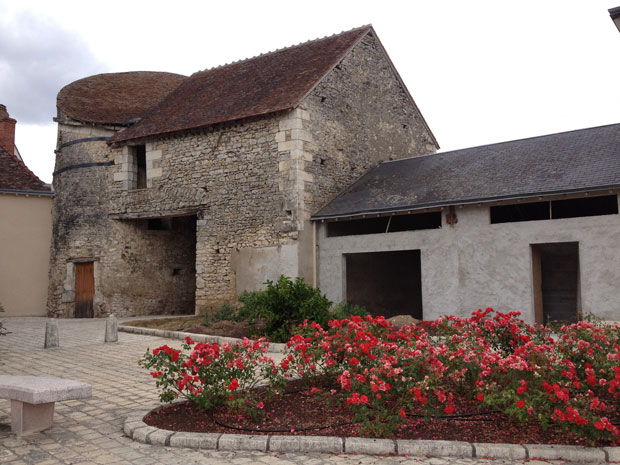
Pigeonnier is actually a more recent word in the French language and came into vogue in the 19th century. Before that, they were called colombiers although a colombe is really a dove but it comes from the Latin columbarium. It seems the Romans brought the tradition to France. Now why, you might ask, would anyone want to breed pigeons ? I naively thought they were all carrier pigeons but it’s really because they produce excellent fertilizer. When the crops were being sown, though, they had to be closed into the pigeon house to stop them eating all the seeds.
Inside, there were niches, one per couple. Now, isn’t that romantic? In some parts of France, such as Normandy and Brittany, only the nobles and clergy could have pigeon houses. But that was before the French revolution. After that, they became an important adjunct to any self-respecting farmhouse, signifying the end of feudal rights. Smooth walls and a row of varnished tiles were designed to stop rodents and other predators from getting in. When there were two stories, only the second floor was used for the pigeons.
Our first real experience of pigeonniers was in the south-west of France, near Gaillac, also home to an excellent wine. Once we had seen a couple of pigeon houses, we started “collecting” them and would walk for miles to visit a new one. That was in our pre-cycling days. As you can see from the photos, the variety is astounding. Some are stand-alone, often in the middle of a field, while others are part of the house. Some are in a state of decay while others have been beautifully restored.
There were a few safety rules to be followed. They had to be built away from large trees to keep birds of prey at bay and out of the prevailing winds. The largest could house over 2000 pigeons! We started our own little collection of miniatures but haven’t got very far.





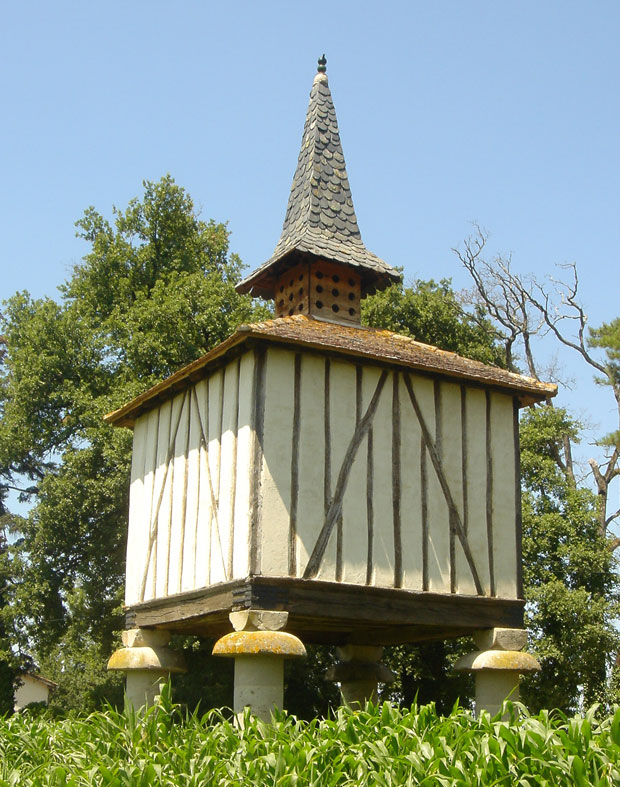
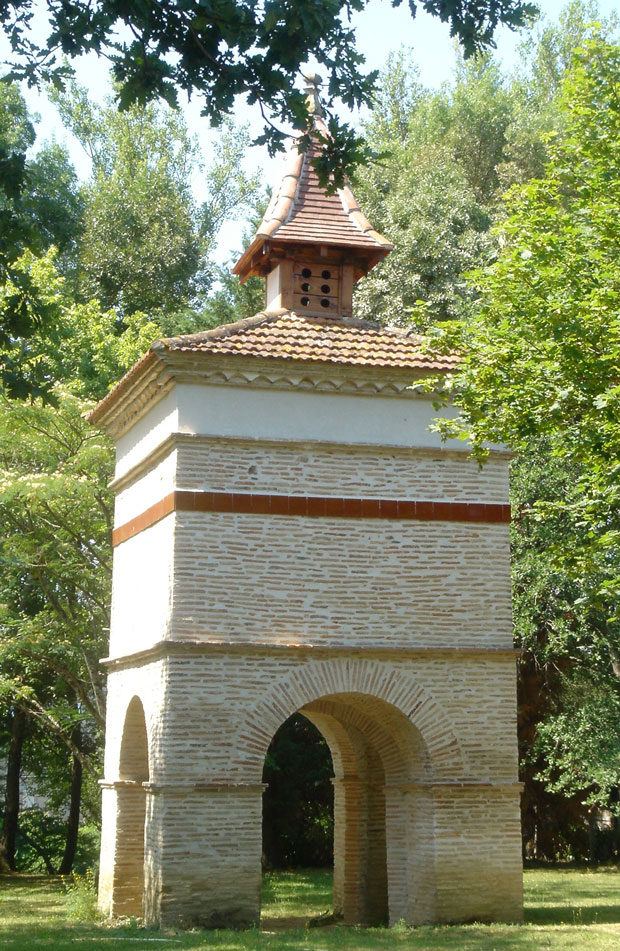
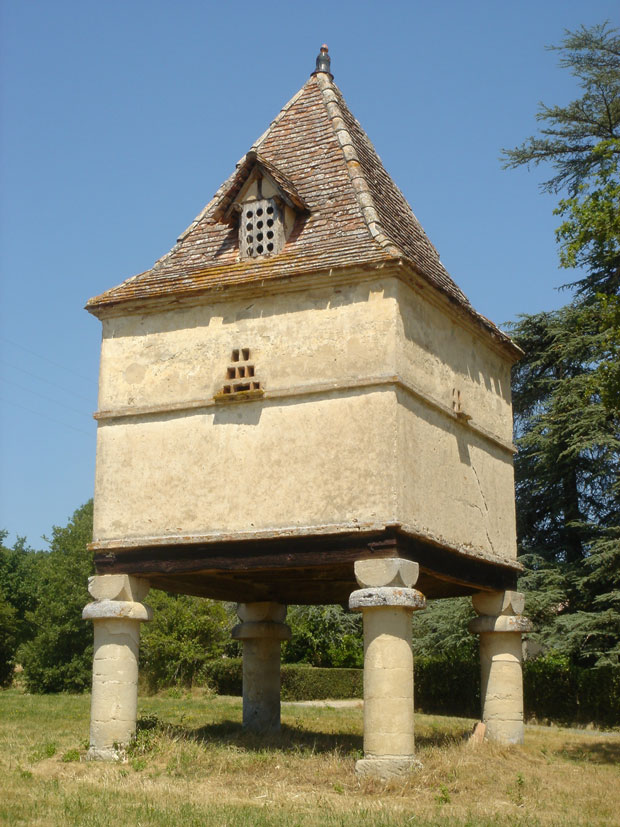
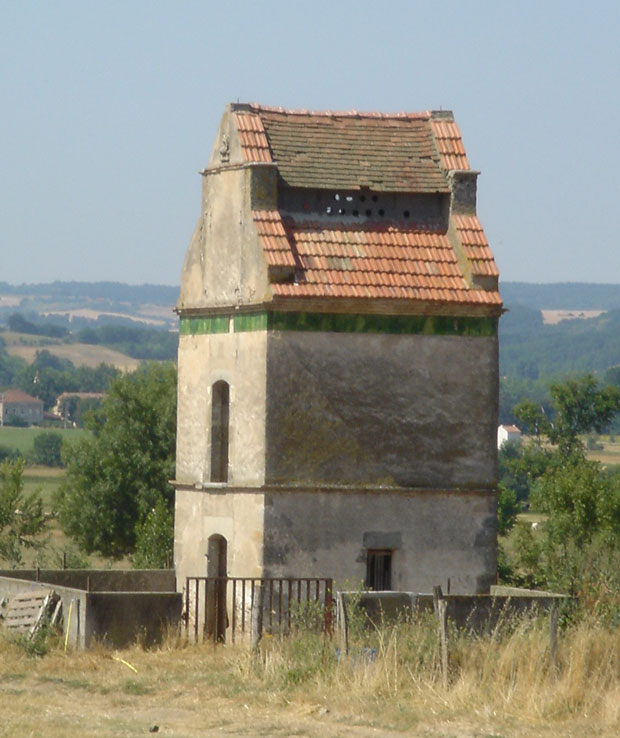
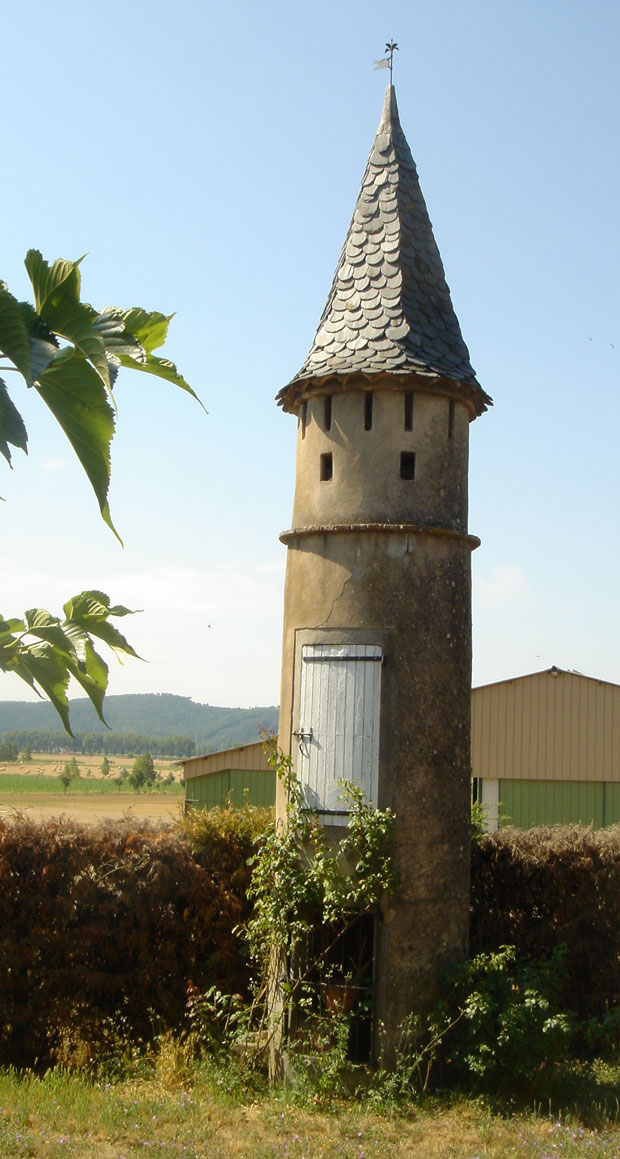
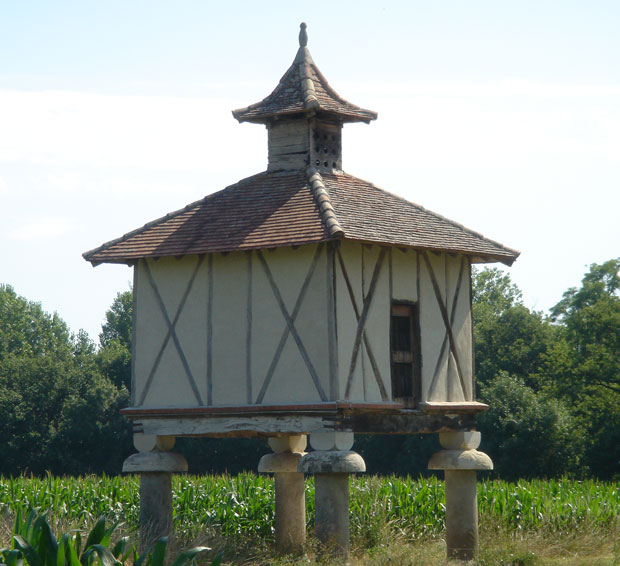
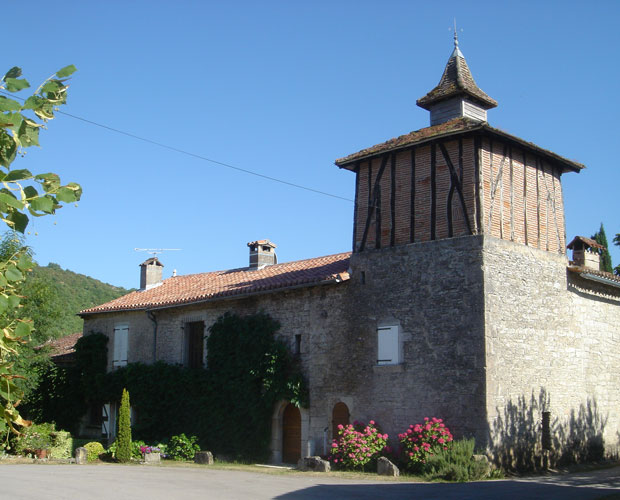
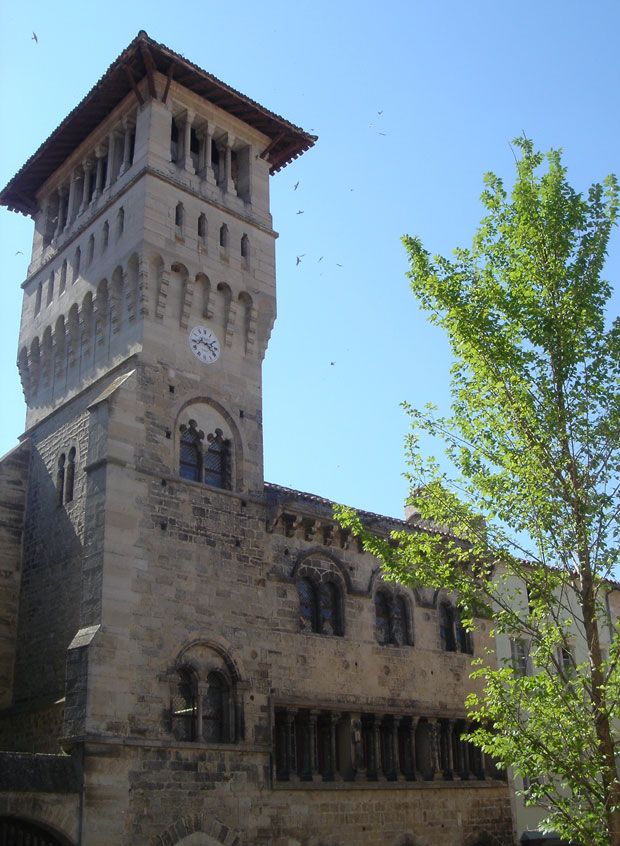
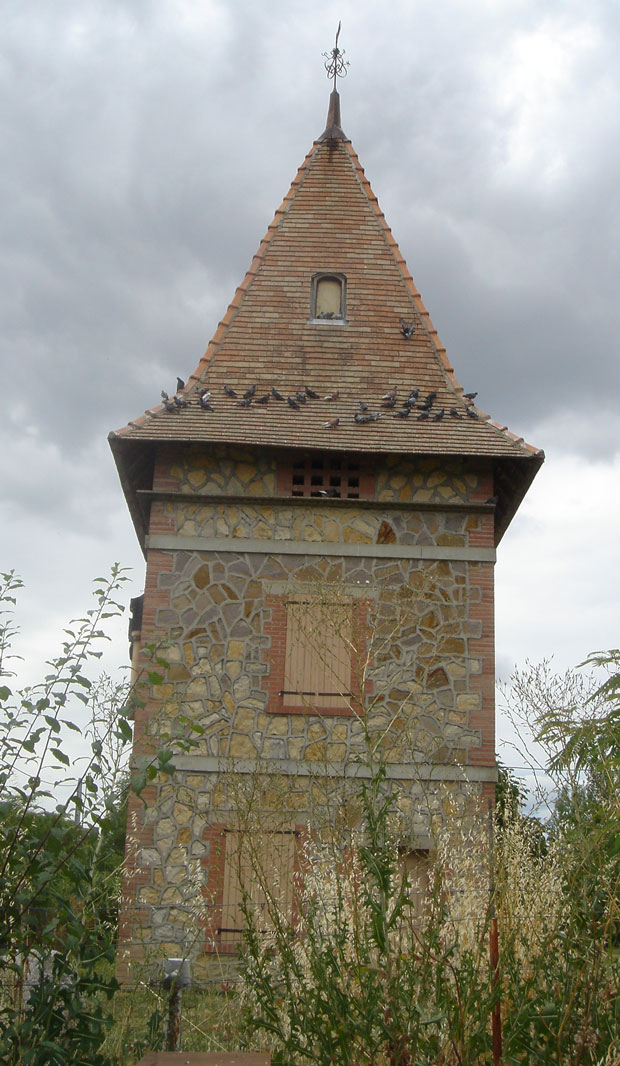

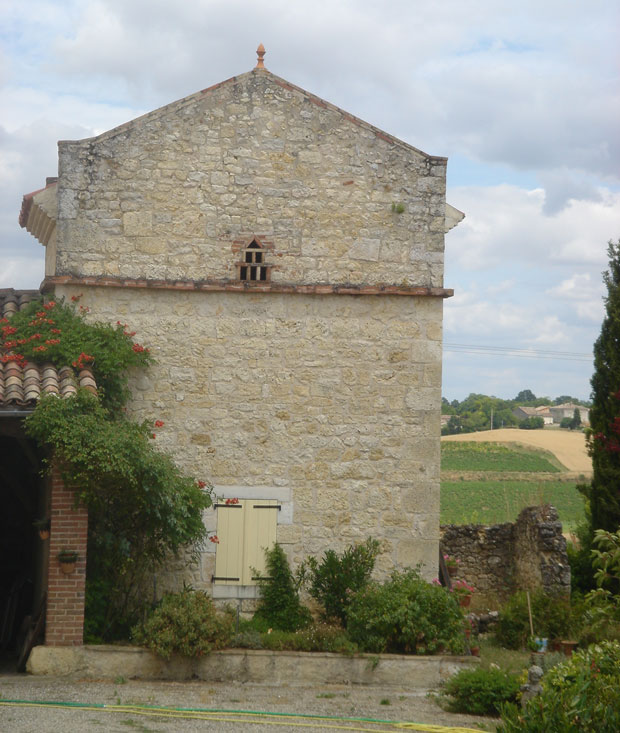
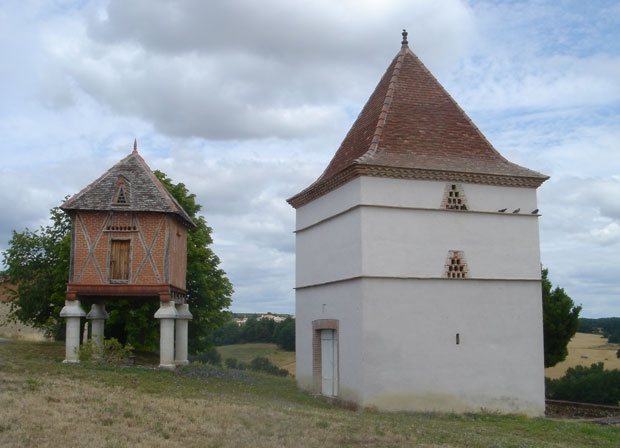
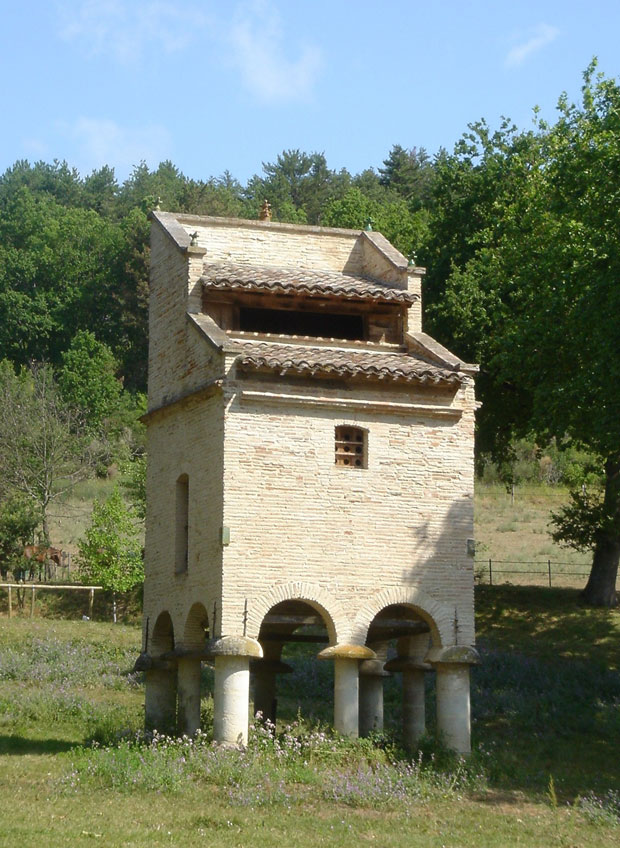
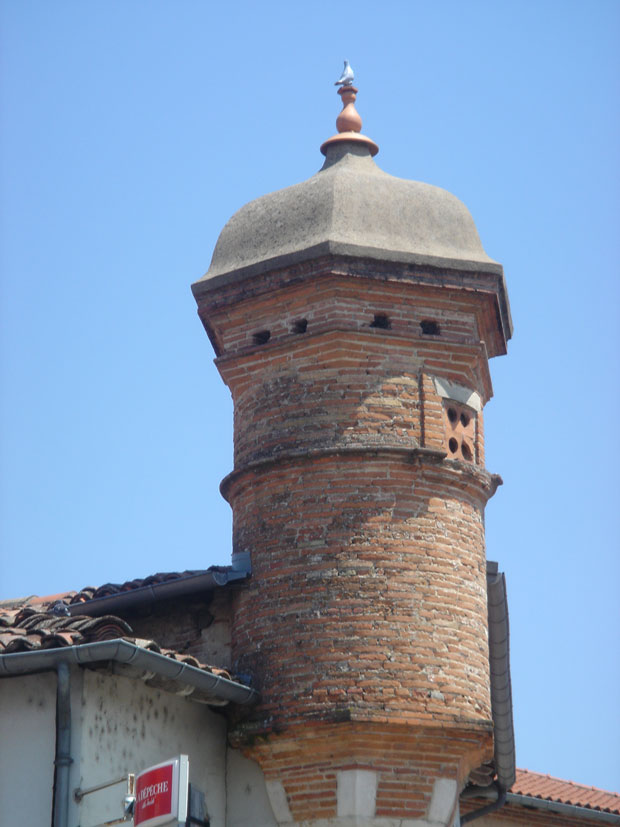

My goodness you do have a photo collection! Such a lovely lot and quite a variety.
And do I understand that you are collecting minature ones too?
I wonder if there is anyone else who has ever done such a collection?
How many mini ones do you have so far?
I’ve added the photo of my mini ones. I had to get Relationnel to take it since I’m in Blois and not Paris! We have three so far. You’ve never noticed them in our kitchen?
Excellent post on pigeonniers. There is a third word here for pigeonnier that you may not have encountered – une fuye or sometimes fuie. This generally signifies a building that was not purpose built for pigeons, but which has been converted. The reason only people of a certain status were allowed to raise pigeons was because you have to divert a staple food (grain) to create a luxury food (squabs, as young pigeons are called). The permitted size of your dovecote was calculated on the amount of arable land you had. I believe the restrictions applied here in the Loire too. In the 19th C many of the existing ones were converted to water towers when the chateaux installed bathrooms and running water on tap.
Thank you. No, I didn’t know fuye and fuie. I guess that description would apply to the pigeonnier in Thenay which I initially thought was a tower before I read the tourist blurb. So they were eating the pigeons, I see. It was not just fertilizer.
My impression is that raising them for food was the primary objective. The guano was a serendipitous by-product.
I stumbled across your blog via your comment on Simon and Susan’s blog whom we are friends with. We stayed in Thenay in 2009 and have since stayed with the owners of the cottage further down the Cher from Montrichard. It was a delightful surprise to see something about Thenay. Did you know there is a book on the nearby larger village of Ponlevoy?
Please pop in to our blog and say hello sometime.
Leon and Sue
Hi Leon, pleased to meet you! We began our ride at Pontlevoy, then went to Monthou via Thenay. I guess you know all that area pretty well. I’ll most certainly call into your blog. We’re off to Australia on Monday, but not going to Melbourne, which I don’t know yet. It’s on the list for next time though because we already have a house swap.
Very interesting reading and great photos, we will look out for these on our travels!
Liz
Enjoy the rest of your trip!